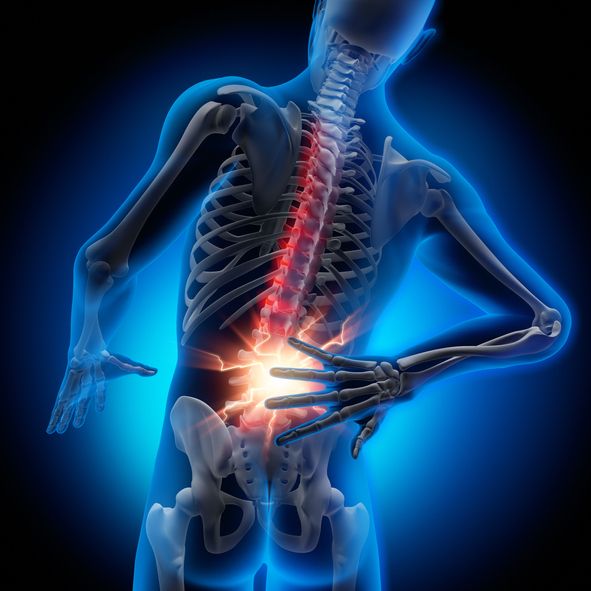
What Causes Lower Back Pain?
Lower pain in the back can come from a variety of sources, such as:
● Problems in the lumbar spine: Issues with the vertebrae or discs in the lower back.
● Muscle strain: Overworked or irritated muscles from poor posture, overexertion, or stress.
● Nerve compression: Commonly triggered by a herniated disc pressing on close-by nerves.
● Internal organ problems: Pain referred from organs in the pelvic or abdominal region.
If your pain is serious, remains in spite of rest, or includes symptoms like leg pain, pins and needles, weakness, or unusual weight reduction, it's important to see a doctor.
How Ayurveda Can Help
Ayurveda, with its holistic and time-tested remedies, offers natural solutions for dealing with lower pain in the back. Here are some treatments that can assist:
● Kati Basti: This involves applying warm, medicated oil directly to the lower back. The heat and oil interact to alleviate stiffness, promote blood flow, and soothe pain.
● Elakizhi: Medicated organic leaves are utilized in a hot compress to ease muscle tension and promote healing.
● Panchakarma (Basti): This treatment utilizes a medicated enema to relax Vata dosha (among the body's energy types). Vata imbalance is frequently linked to pain in the back, and Basti assists restore balance, reduce inflammation, and avoid reoccurrence.
Acupuncture for Pain Relief
Acupuncture is another powerful method to handle neck and back pain. By inserting great needles into particular points on the body, acupuncture:
● Stimulates the release of endorphins, the body's natural pain relievers.
● Improves circulation and lowers inflammation in the affected location.
● Works hand-in-hand with Ayurveda to offer a well-rounded and reliable pain management service.
Yoga for Long-Term Relief
Yoga complements Ayurveda and Acupuncture, supplying a way to manage pain daily. It helps by:
● Stretching best ayurvedic hospital bangalore and strengthening the muscles: Yoga postures can help enhance versatility and ease tension in the back.
● Breathing workouts and meditation: These practices soothe the mind, reduce tension, and support your body's natural healing procedure.
While yoga alone might not entirely get rid of the underlying causes of lower neck and back pain, it can significantly reduce discomfort and aid preserve a healthy, pain-free back over time.
A Holistic Approach for Lasting Relief
By integrating Ayurveda, Yoga, and Acupuncture, you're not just dealing with the symptoms-- you're attending to the root causes of lower pain in the back. These therapies interact to balance the mind and body, offering a more natural and detailed solution to pain relief. With this integrative method, you can discover not only physical relief however also a higher sense of well-being and balance in your life.
If you're searching for a long-lasting, holistic way to handle your lower back pain, these treatments could be the response.